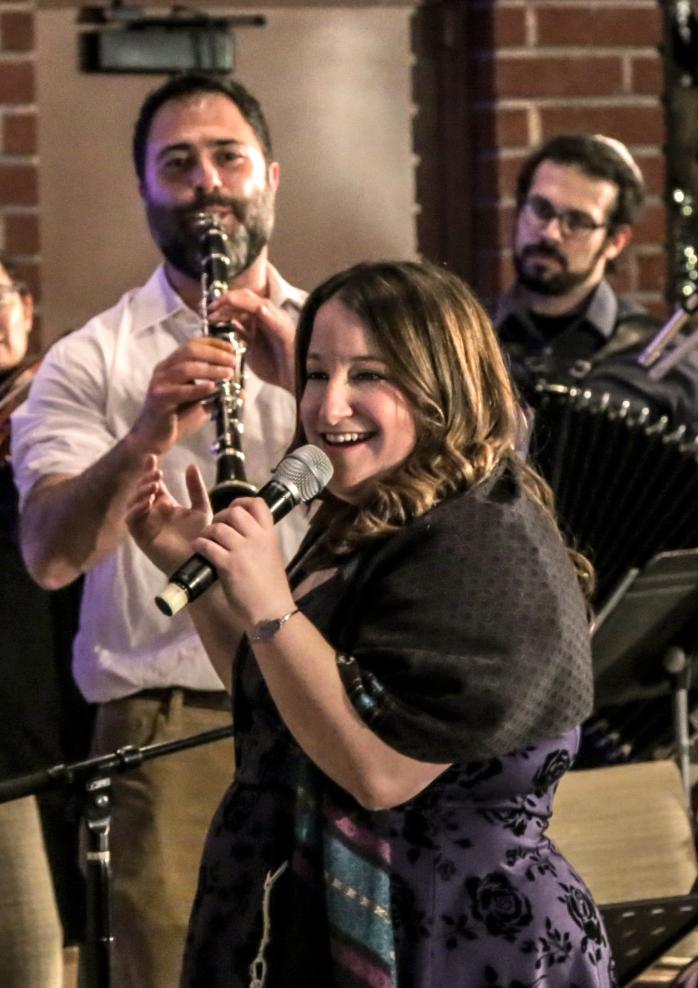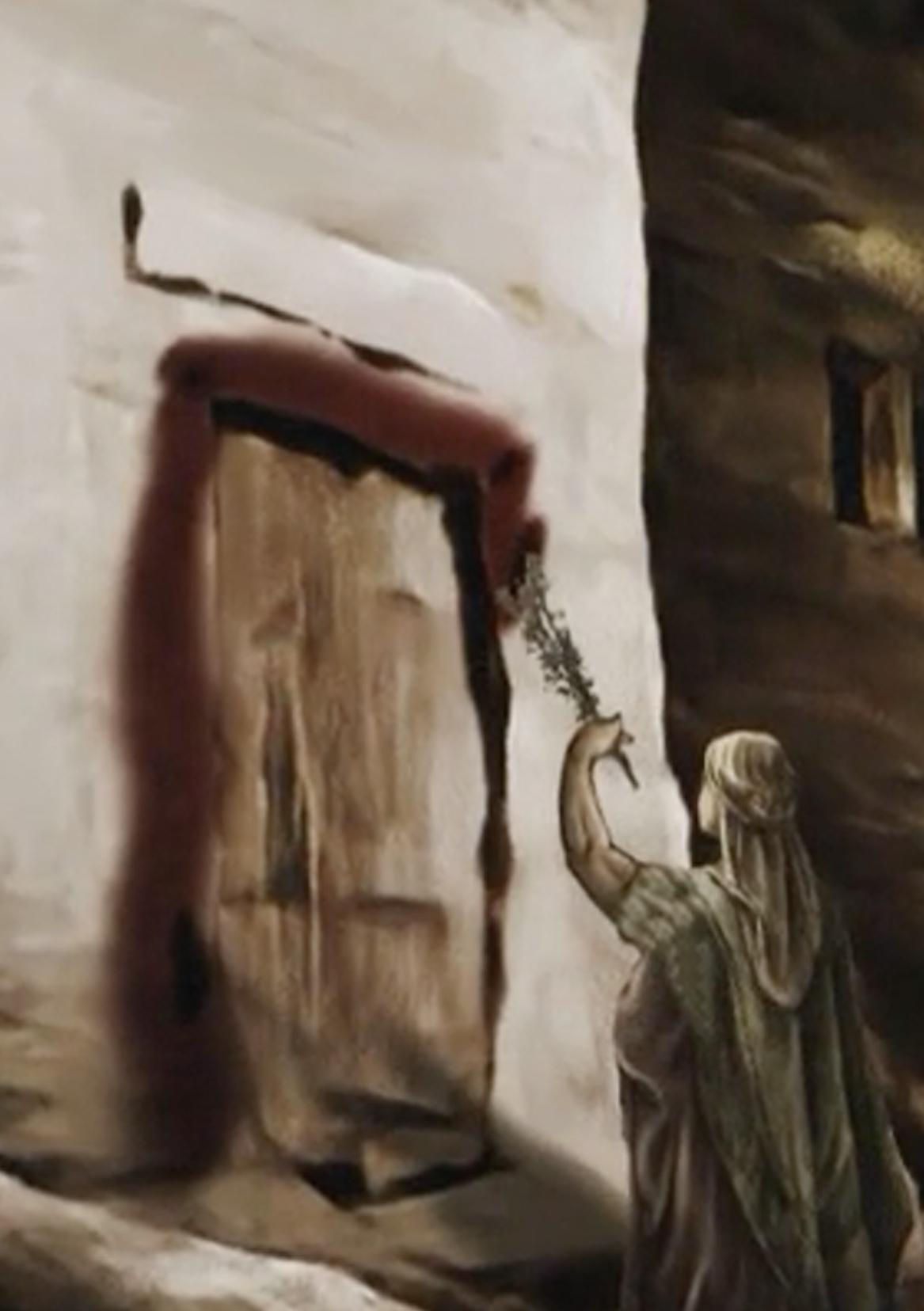MAGAZINE THE KOSHER OYSTER
LET IT GO!
B
By Sarah Sack
etween 1959 and 1989, the fight for Soviet Jews was led by the slogan: ‘Let my people go’. In 1984, during the civil war in Ethiopia, Israel smuggled thousands of Ethiopian Jews to Israel in the mission known as ‘Operation Moses’. What do both these events have in common? They are both references to the Pesach story. Pesach (Passover) may arguably be the most celebrated festivals of the Jewish calendar. According to the Gen17 survey, 90% of Jewish Australians attend a Pesach Seder every year. Rabbi Sacks writes that, in the Seder, we are presented with numerous issues, such as slavery, freedom, power, human dignity and responsibility. As one of the names of Pesach is ‘Chag Hacherut’ (Festival of Freedom), I am going to focus on the theme of freedom. The Haggadah says that “in every generation we have to see ourselves as if we have left Egypt.” A traditional interpretation is, that participants in the Seder are encouraged to remember the Exodus from Egypt, by imagining that they themselves were present and experienced the Exodus. A more contemporary interpretation is presented by Rav Kook, who suggests that “in every generation every person needs to see how they are playing a role in the redemption of Israel and humanity.” Pesach is not only an individual journey, but also a collective responsibility
to work for the freedom of Jewish people and humanity at large. Indeed, there are many Jewish people who are known for advocating for freedom. Rabbi Joshua Abraham Heschel was inspired by the teachings of the Jewish Prophets. He took part in social action, such as the Selma to Montgomery Walk with Martin Luther King. Ruth BaderGinsburg, the second female justice of the U.S. Supreme Court, is best known for her fight for gender equality, the rights of workers, and the separation of church and state. In the Tanakh, Moshe and Devorah embody the struggle for freedom. Moshe, the central figure of the Pesach story, together with his sister Miriam, fought for the freedom and rights of the Jewish people. Devorah, who was a respected judge and Prophetess in ancient Israel helped free the Jewish people from the oppression of the Canaanites. The festival of Pesach embodies the symbolism of slavery and freedom. There is a Hassidic teaching that chametz (leavened food) represents the negative part of a person’s ego. On Pesach, the Festival of Freedom, we remove that Chametz from our houses and ourselves. G-d’s message is that we can physically be taken out of slavery and take out the ‘chametz’ from our house, but it is up to the individual to temper their ego and activate their spiritual, mental and emotional side in order to be free and to focus on what is important. 6



